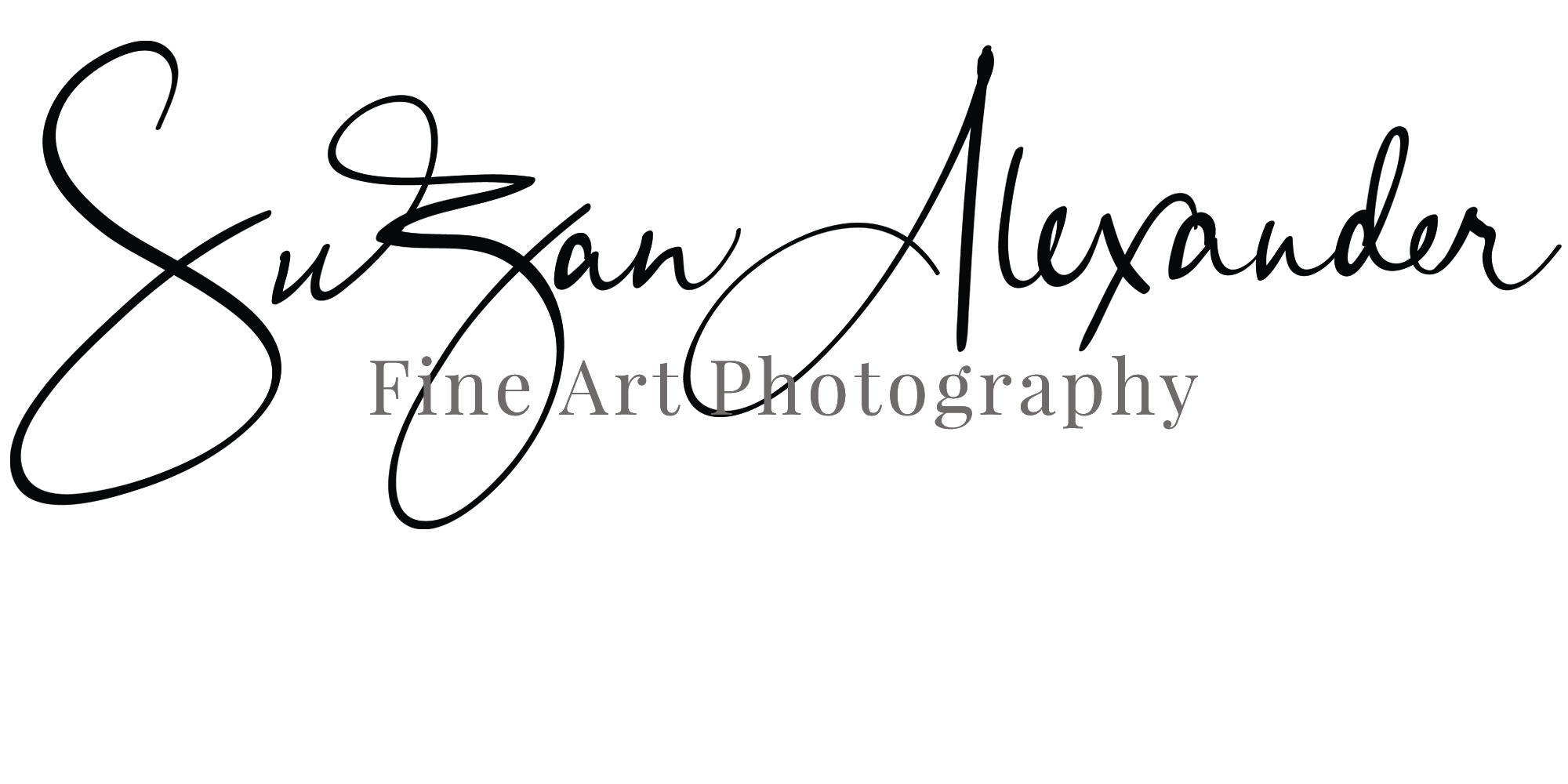APRIL - BOOK CLUB THURSDAY: EADWEARD MUYBRIDGE
Digital Photography © 2017 SuZan Alexander
For those of you reading along with me, this month’s book was The Man Who Stopped Time by Brian Clegg. For those of you who are not reading along but are curious about who Eadweard Muybridge is, I wrote a birthday blog about him earlier this month (HERE).
April Book: Muybridge
The subtitle of the book, Eadweard Muybridge – Pioneer Photographer, Father of the Motion Picture, Murderer probably made you do a double-take if you were not already familiar with Muybridge. But, beyond the sensational aspect of his story, there were some aha moments and interesting trivia interspersed throughout the book. I thought it might be fun to gather a few bits of trivia that caught my attention and put them into a trivia “test” for you to play.
1. The photography method known as daguerreotype included some hazards and potentially dangerous chemicals. The newer somewhat less dangerous (but still potentially fatal) process known as collodion used a common element. What was it?
a. Iodine salts
b. Lavender
c. Cotton
(While iodine salts were used in the process and there is a photography process that utilizes lavender, I never knew that cotton was a component in the collodion process. Clegg explained this whole process in detail. All in all, it sounds pretty tedious. Yep! I still want to learn the wet plate collodion process. I have wanted to learn this alternative process for years.) (page 35)
2. A famous author of the day was an accomplished photographer who even wrote a poem on photography. Who was the author?
a. Lewis Carroll
b. Mark Twain
c. Henry David Thoreau
(Lewis Carroll, author of Alice in Wonderland, wrote The Song of Hiawatha, which is a poem about photography and the wet collodion process.) (pages 35-36)
3. What was the name of Stanford’s horse used in Muybridge’s more famous motion studies?
a. Occident
b. Sally Gardner
c. All of the above
(Yep. Both horses. Occident was the horse used in the first study that confirmed all four feet of a horse are off the ground at a trot/gallop. Sally Gardner was the racehorse used in the running study.)
4. Muybridge created panoramas of San Francisco from a home located on California Street Hill. This street was nicknamed “Nob Hill” as a reference to the wealthy residents on that exclusive street.
a. True
b. False
(True. Clegg explains the origin of the term “nob” meaning “…someone of wealth or social distinction…”. The street was nicknamed “Nob Hill” due to the wealthy residents of the street.) (pages 114-115)
5. Muybridge is credited with creating an electronic shutter release, as well as a device he called the “zoöpraxiscope” which may be considered the precursor to movies and videos we enjoy today. Muybridge held a patent for both creations.
a. True
b. False
(False. Muybridge’s patent for the “zoöpraxiscope” was rejected by the Patent Office because it was not considered “sufficiently innovative”.) (page 152)
Bonus Book
The War of Art: Winning the Inner Creative Battle by Steven Pressfield was our bonus book this month. This is another jewel of a book that I have in both hard copy and audio book. I actually re-listened to the book twice this month. Ouch! I think he wrote this book just for me. This is another book I need to read/listen to regularly.
Did you read either (or both) books? What were things that caught your attention, things you learned, or things you found interesting?











